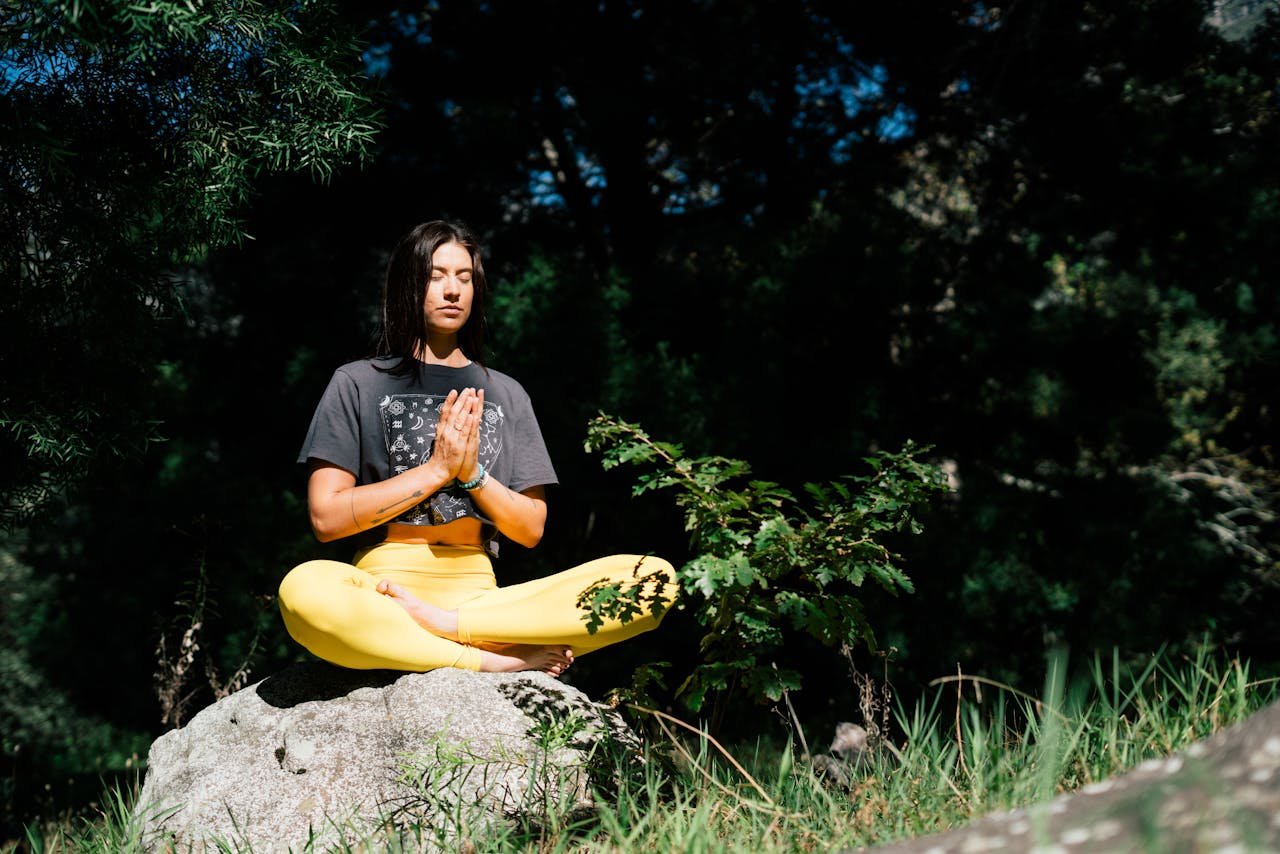Reiki, pronounced “ray-key,” is a holistic wellness practice that focuses on promoting balance, relaxation, and healing through the transfer of energy. Whether you’re completely new to Reiki or have heard about energy healing from friends or wellness communities, this guide will give you a clear understanding of what Reiki is and how it can benefit your overall well-being.
Origins and History of Reiki
Reiki has its roots in Japan and was developed by Mikao Usui in the early 20th century. The word Reiki comes from two Japanese characters: “Rei,” meaning universal, and “Ki,” meaning life energy. Together, Reiki refers to the “universal life energy” that flows through all living beings.
Usui dedicated years to discovering and perfecting the art of Reiki after experiencing a profound spiritual awakening. His system of healing was designed to tap into the natural energy fields surrounding every individual, helping to remove energy blockages and restore balance to the body, mind, and spirit.
Today, Reiki is practiced worldwide and has become a key component of holistic wellness practices, focusing on energy alignment, spiritual growth, and emotional healing.
Principles of Reiki
Reiki is more than just a healing technique; it’s also a spiritual practice guided by five important principles. These principles encourage mindfulness and positivity, offering a foundation for those who want to embrace Reiki in their daily lives:
- Just for today, I will not be angry.
- Just for today, I will not worry.
- Just for today, I will be grateful.
- Just for today, I will do my work honestly.
- Just for today, I will be kind to every living thing.
These simple yet profound affirmations help align your mental and emotional state, creating the perfect environment for energy healing.
How Reiki Works
The core idea of Reiki is that a trained practitioner can channel universal life energy through their hands into the recipient, restoring balance to the body’s energy systems. When the body’s energy flow is blocked or out of alignment, it can lead to emotional, mental, and even physical discomfort. Reiki works to unblock energy pathways, allowing healing energy to flow freely and restoring overall balance.
What Happens in a Reiki Session?
A typical Reiki session lasts 60 to 90 minutes. During the session, the recipient remains fully clothed, lying comfortably on a massage table or seated in a chair. The Reiki practitioner places their hands lightly on or just above specific points on the body, guiding energy transfer through their hands. Most people experience deep relaxation, warmth, or tingling sensations as the energy moves through them.
Reiki can be performed both in person and remotely (distance Reiki), and many people find both methods equally effective for healing and stress relief.
Benefits of Reiki
One of the most appealing aspects of Reiki is its broad range of benefits, which cover not only physical healing but also emotional and spiritual well-being. Here are some of the key benefits of Reiki:
Physical Benefits:
- Promotes relaxation and reduces stress.
- Alleviates physical pain and discomfort.
- Enhances the body’s natural healing processes.
- Improves sleep quality.
- Boosts the immune system.
Emotional Benefits:
- Eases feelings of anxiety, stress, and overwhelm.
- Encourages emotional release and healing.
- Helps you feel more centered and grounded.
Spiritual Benefits:
- Clears energy blockages, allowing for spiritual growth.
- Strengthens your connection to your higher self.
- Supports your journey toward inner peace and enlightenment.
Reiki is also known for helping people feel more connected to themselves and others, making it an excellent tool for anyone seeking a deeper sense of purpose and fulfillment.
Getting Started with Reiki
If you’re interested in experiencing Reiki for yourself, there are several ways to get started:
1. Book a Reiki Session
To experience Reiki’s healing power firsthand, consider booking a session with a certified Reiki practitioner. Many practitioners offer both in-person and distance Reiki sessions, so you can choose the format that suits you best. You’ll leave the session feeling more balanced, relaxed, and connected to your inner self.
2. Learn Self-Reiki
If you’d like to make Reiki a part of your daily wellness routine, consider learning self-Reiki. After receiving an attunement from a Reiki master, you’ll be able to channel healing energy into your own body, helping to maintain energy alignment and reduce stress.
3. Take Reiki Classes
For those looking to go deeper into Reiki, there are many Reiki classes and certifications available. Becoming a Reiki practitioner allows you to heal not only yourself but also others, which can be a deeply rewarding experience.
Conclusion
Reiki is an empowering and accessible form of energy healing that offers numerous benefits for your physical, emotional, and spiritual well-being. Whether you’re looking to reduce stress, heal from emotional trauma, or simply enhance your spiritual journey, Reiki provides a pathway to holistic wellness.
If you’re ready to explore the healing power of Reiki, consider booking a session with a certified practitioner or learning more about self-Reiki practices. The journey toward balance, healing, and inner peace starts here.


